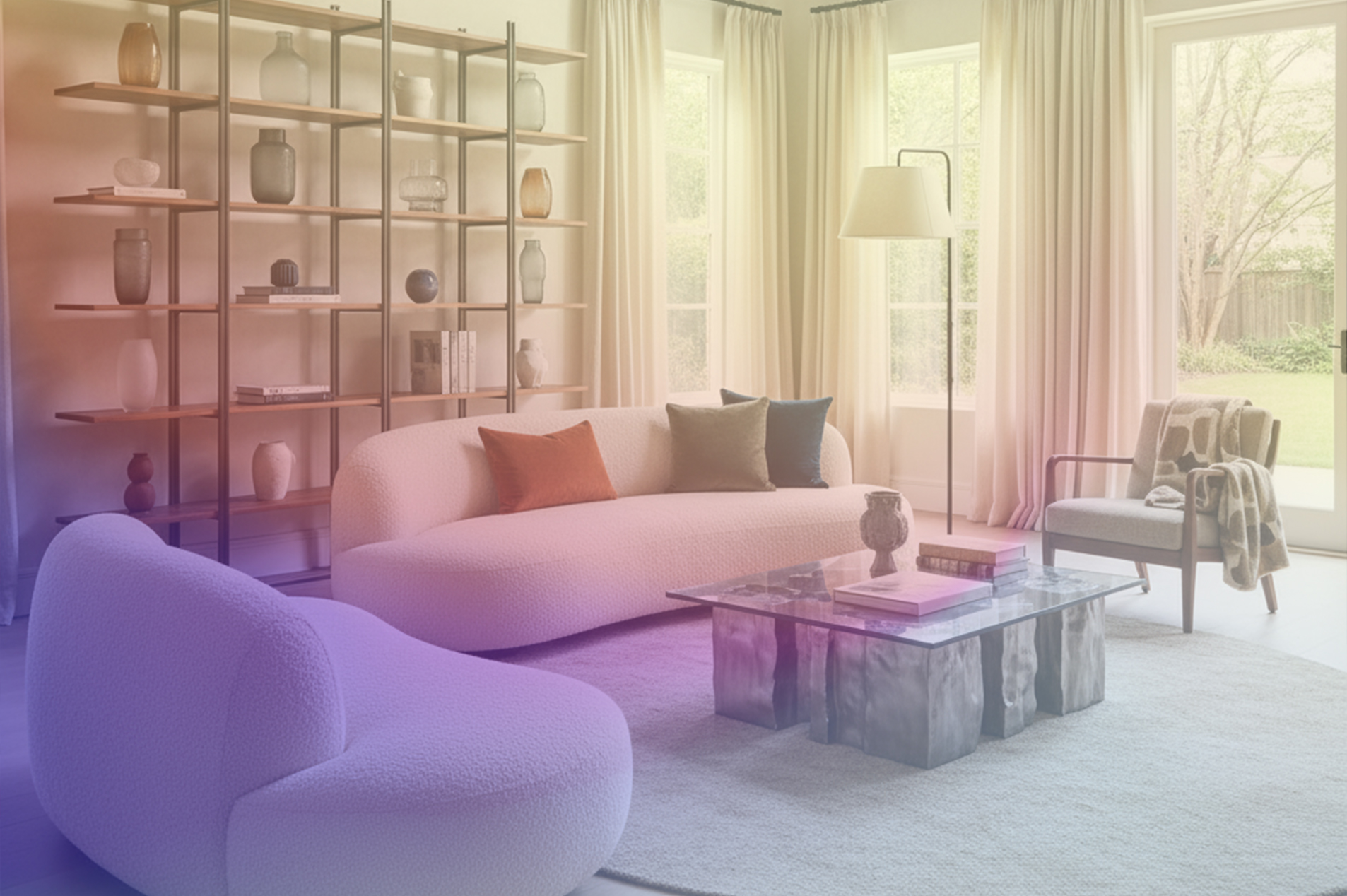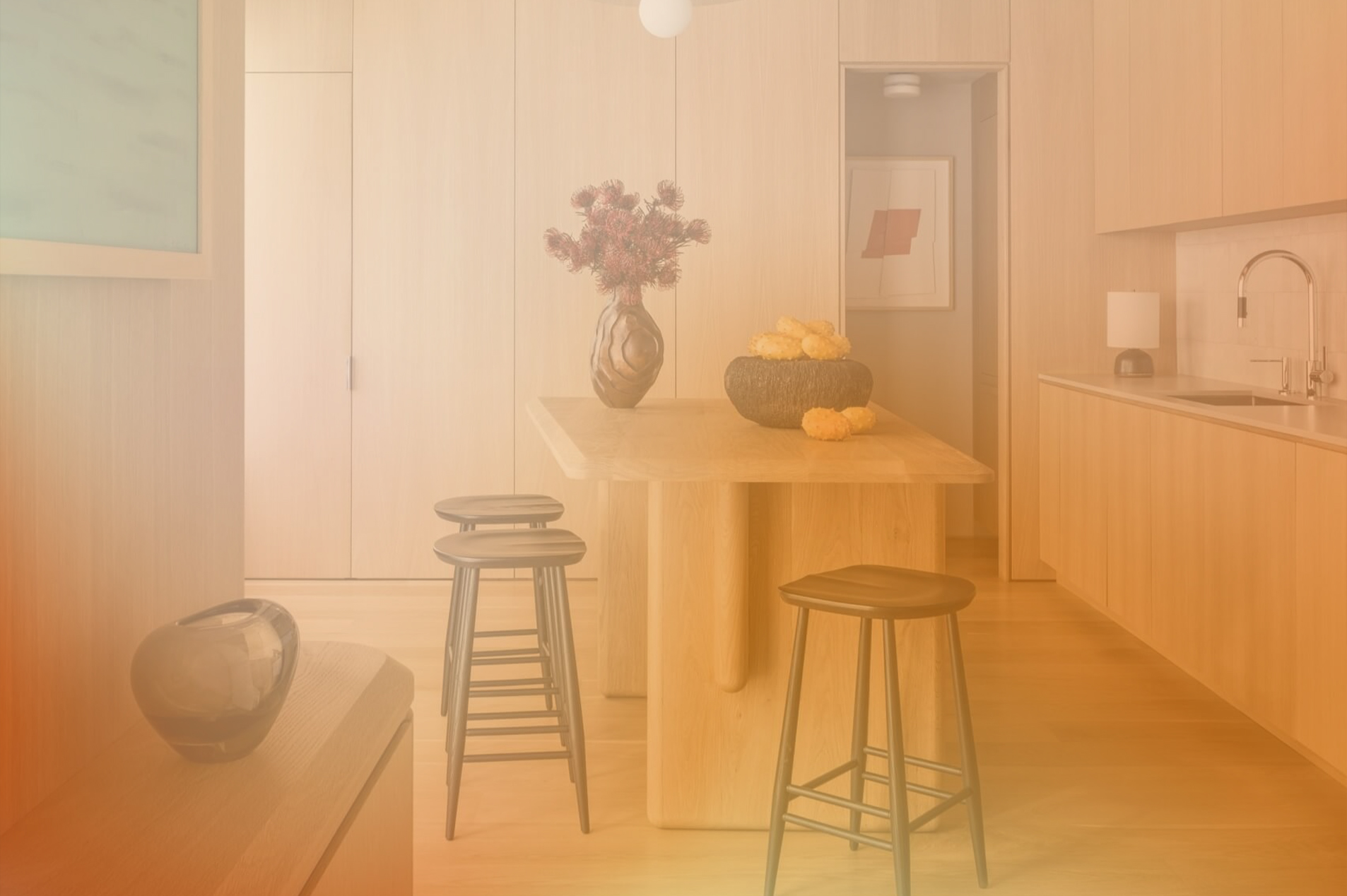By integrating showroom insights into digital strategies—and by using online behavior to shape the in-person experience—furniture brands can close the gap between screen and store. The result is not only better campaign targeting but a more seamless, customer-centric path to purchase. This showroom-to-screen synergy is fast becoming the new standard for retailers who want to meet customers wherever they are and move them fluidly toward conversion.
Leveraging In-Store Intelligence to Improve Ad Targeting
Every day, physical showrooms capture a wealth of qualitative and quantitative insights that can—and should—inform digital advertising. Store teams observe firsthand which styles spark interest, what objections customers voice, which products lead to cross-sells, and which demographics frequent particular locations.
For example, if mid-century modern styles are trending among urban shoppers in a particular metro area, digital campaigns in that region can highlight similar collections, or even promote exclusive in-store styling events. Likewise, if showroom teams note that a specific fabric or color finish is frequently requested but underrepresented online, that insight can guide creative selection and merchandising priorities in paid media.
Many retailers are formalizing this feedback loop by developing reporting systems where sales associates log customer trends weekly, feeding that intelligence to the marketing team. When integrated with CRM or POS data, these insights become even more powerful—enabling segmentation and retargeting based on actual showroom interactions.
Driving Digital Traffic to Physical Locations
Just as offline data can improve online strategy, digital channels can be powerful tools for driving showroom visits—especially when campaigns are tailored to local conditions.
Geo-targeting is a foundational tactic: by using radius targeting around showroom locations, brands can serve localized ads promoting in-store events, newly arrived collections, or exclusive showroom-only discounts. Meta’s “Store Traffic” objective and Google’s “Local Campaigns” (now incorporated into Performance Max) allow advertisers to optimize specifically for physical footfall, leveraging GPS and location history to gauge effectiveness.
Local inventory ads are another powerful tool. These dynamically showcase products available at nearby stores, making it easier for customers to check availability and plan a visit. In an age where convenience is key, showing that the exact sectional or coffee table is in stock locally can be the final nudge a shopper needs to visit in person.
Retailers can also build appointment booking flows into their website and digital campaigns—inviting users to schedule design consultations, showroom walkthroughs, or fabric previews. Not only do these touchpoints increase showroom foot traffic, but they also create higher-intent, more conversion-ready visits.
Bringing In-Store Experiences Online
The synergy goes both ways. Data from digital interactions should also inform the showroom experience. If a returning customer browses a collection online and later checks in at a physical location, associates can use that behavioral data—accessible through integrated CRM systems or appointment software—to offer personalized recommendations or expedite the sales process.
More advanced retailers are even incorporating QR codes and NFC tags on showroom displays that link to rich digital content—like customer reviews, AR try-ons, or room planners—allowing shoppers to blend in-person exploration with the research tools they use online. When these digital touchpoints are tracked, they provide additional attribution data and signal buying intent.
Measuring Cross-Channel Impact
One of the biggest challenges in showroom-to-screen integration is measurement. Traditional digital analytics often fall short in tracking offline conversions, while showroom data can be difficult to match to digital campaigns without a shared identifier. But with the right infrastructure, this attribution gap can be closed.
Offline conversion tracking tools offered by platforms like Meta and Google enable retailers to match in-store purchases back to digital ad exposures—so long as customer information (like email or phone number) is collected during the transaction. This can be done through loyalty programs, digital receipts, or consultation sign-ups.
Retailers can also set up custom events in CRMs or analytics platforms to track when a lead generated online converts offline. For instance, if a user books a showroom appointment via a Meta ad, and that appointment is marked as completed and converted in the CRM, that revenue can be tied back to the original campaign.
Moreover, some retailers now use media mix modeling and multi-touch attribution to account for showroom impact over time, looking at regional sales trends relative to digital spend, or running holdout tests in specific geographic areas to measure lift.
Breaking Silos with Tech Stack Integration
To truly unlock the showroom-to-screen connection, retailers must ensure data can flow freely between systems. This often involves syncing point-of-sale software, CRM platforms, and digital ad managers. Tools like Segment, Salesforce, HubSpot, or Klaviyo—when properly configured—can help brands unify customer data across platforms, creating more complete profiles and powering personalized, cross-channel experiences.
For instance, a customer who visits the showroom but doesn’t buy may be added to a “warm leads” segment in the CRM, then retargeted with a digital campaign featuring the exact product they viewed, with a tailored promo code or showroom follow-up invitation. Conversely, an online shopper who abandons a cart can receive a triggered email suggesting an in-person visit, with a link to their nearest showroom’s hours and appointment scheduler.
A Seamless, Data-Driven Customer Journey
In a world where furniture shoppers toggle effortlessly between online browsing and offline exploration, brands can no longer afford to treat showrooms and screens as separate realms. By integrating physical retail data with digital marketing strategies—and vice versa—furniture retailers can deliver more relevant, timely, and persuasive experiences at every stage of the journey.
This cross-pollination unlocks smarter targeting, richer personalization, and more accurate attribution. But more importantly, it reflects how customers truly shop today: across channels, informed by both convenience and connection. The showroom-to-screen synergy isn’t just a marketing tactic—it’s a roadmap for meeting customer expectations in the hybrid age of retail.





